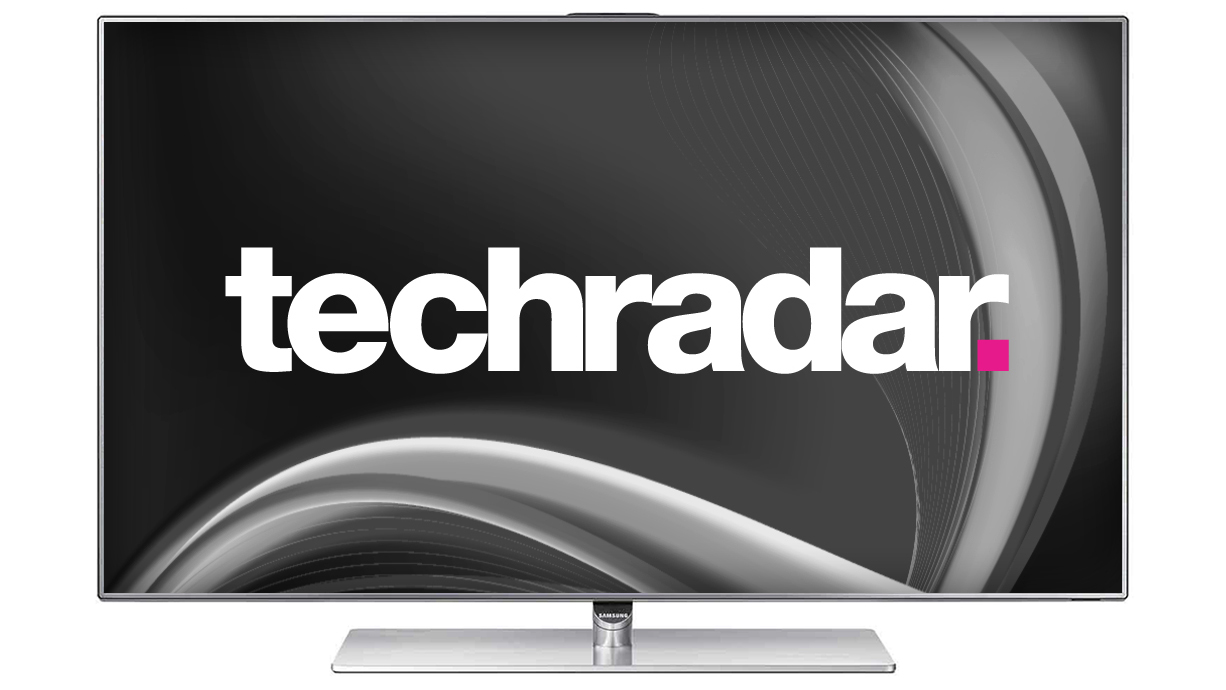Why you can trust TechRadar
Those of you wanting to save money will be glad to know that there's very little difference between the Samsung UE46F7000 and the pricier Samsung UE46F8000. In fact, we'd go as far as to recommend that if you plan to install a TV in a living room where you'll be primarily be watching in bright light, choose the Samsung UE46F7000 ahead of its more expensive sibling.
However, there are differences, and those after the absolute last word in picture quality will find the Samsung UE46F7000 a notch or two behind its sibling.
Blu-ray picture
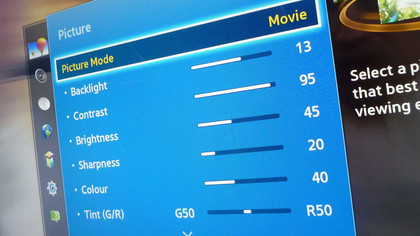
With our test disc, Prometheus on Blu-ray, we immediately spotted some light leakage from the bottom two corners of the panel that was much more pronounced than on the Samsung UE46F8000. It fact, when viewed in a blackout - and only then - it's possible to discern a central sphere that's noticeably darker than the rest of the screen.
The Cinema Black feature proves useful when engaged, making the black bars top and bottom of Prometheus - or any 21:9 movies on Blu-ray - nicely dark and reasonably uniform.
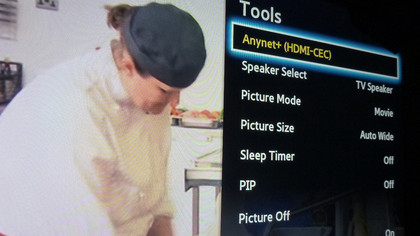
However, reduce the viewing angle and it becomes less impressive, something that applies to almost all of this TV's image strengths. It's also a shame that Cinema Black isn't available while playing digital files, such as MKVs - only Blu-ray and DVD.
What's really key on the Samsung UE46F7000 is its native 200Hz panel, which renders high-octane sequences from Prometheus silky-smooth and free from the blur that plagues lesser TVs. It instantly makes the Samsung UE46F7000 a high-end TV.
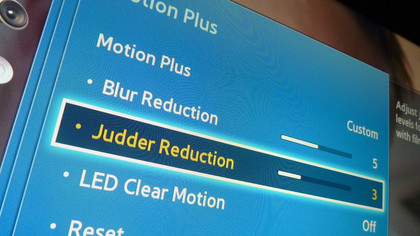
But ultimate judder removal is left to the Motion Plus system. By inserting guessed-at frames of video into the action it tries to make movies look more like video, but in doing so it does create fizzing around fast-moving objects.
Sign up for breaking news, reviews, opinion, top tech deals, and more.
It's best left on its Smooth setting, which gets rid of judder nicely. It's a decent effort, but it's not as good as on Panasonic's 2013 attempts, such as the tech in the Panasonic TX-L42DT65B, and those wanting as pristine a picture as possible should probably leave it alone.
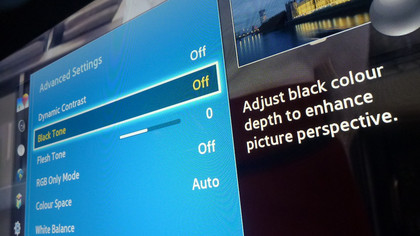
Meanwhile, colour is rich and well saturated and helped by some strong black levels, but only after some tweaks. Once again, Samsung's picture presets are a little off the pace, so we do recommend reducing the power of the backlight and lessening the colour on both the Movie and Natural picture presets.
There is a Black Tone setting that's worth experimenting with, but if you set it higher than Dark it does tend to crush shadow detail.
3D picture
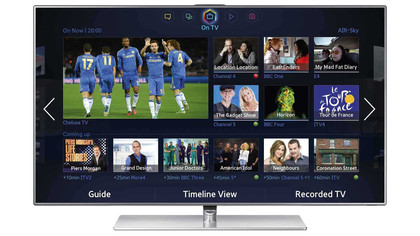
Switching to 3D mode, again with Prometheus, we were glad to see that the Samsung UE46F7000's performance closely matches the Samsung UE46F8000's stunning detail, depth and crosstalk-free performance.
Maybe it's the dual-core processor at work, but we've honestly not seen 3D look this precise and smooth on an LED TV before Samsung's latest crop. 3D movies for the home - time for a rebirth? Probably not, but it's proof that active shutter 3D isn't dead yet.
Although detail is high from Blu-ray sources, it's not the starkest, most precise image we've ever seen, though that's no bad thing. The flip-side of that is much more valuable, in that you get a pleasingly clean and precise all-round treatment of standard definition.
Standard definition and streaming

If a rerun of Wonders of the Universe on BBC Two HD looks sharp and fluid, the same broadcast in standard definition is almost as impressive. On a screen of this size that's impressive, and it continues through the various video qualities.
Carl Sagan's Cosmos on DVD is highly watchable despite its age, while both home-grown videos from a smartphone, and some cat videos via the YouTube app, remain clean and smooth.

Jamie is a freelance tech, travel and space journalist based in the UK. He’s been writing regularly for Techradar since it was launched in 2008 and also writes regularly for Forbes, The Telegraph, the South China Morning Post, Sky & Telescope and the Sky At Night magazine as well as other Future titles T3, Digital Camera World, All About Space and Space.com. He also edits two of his own websites, TravGear.com and WhenIsTheNextEclipse.com that reflect his obsession with travel gear and solar eclipse travel. He is the author of A Stargazing Program For Beginners (Springer, 2015),
